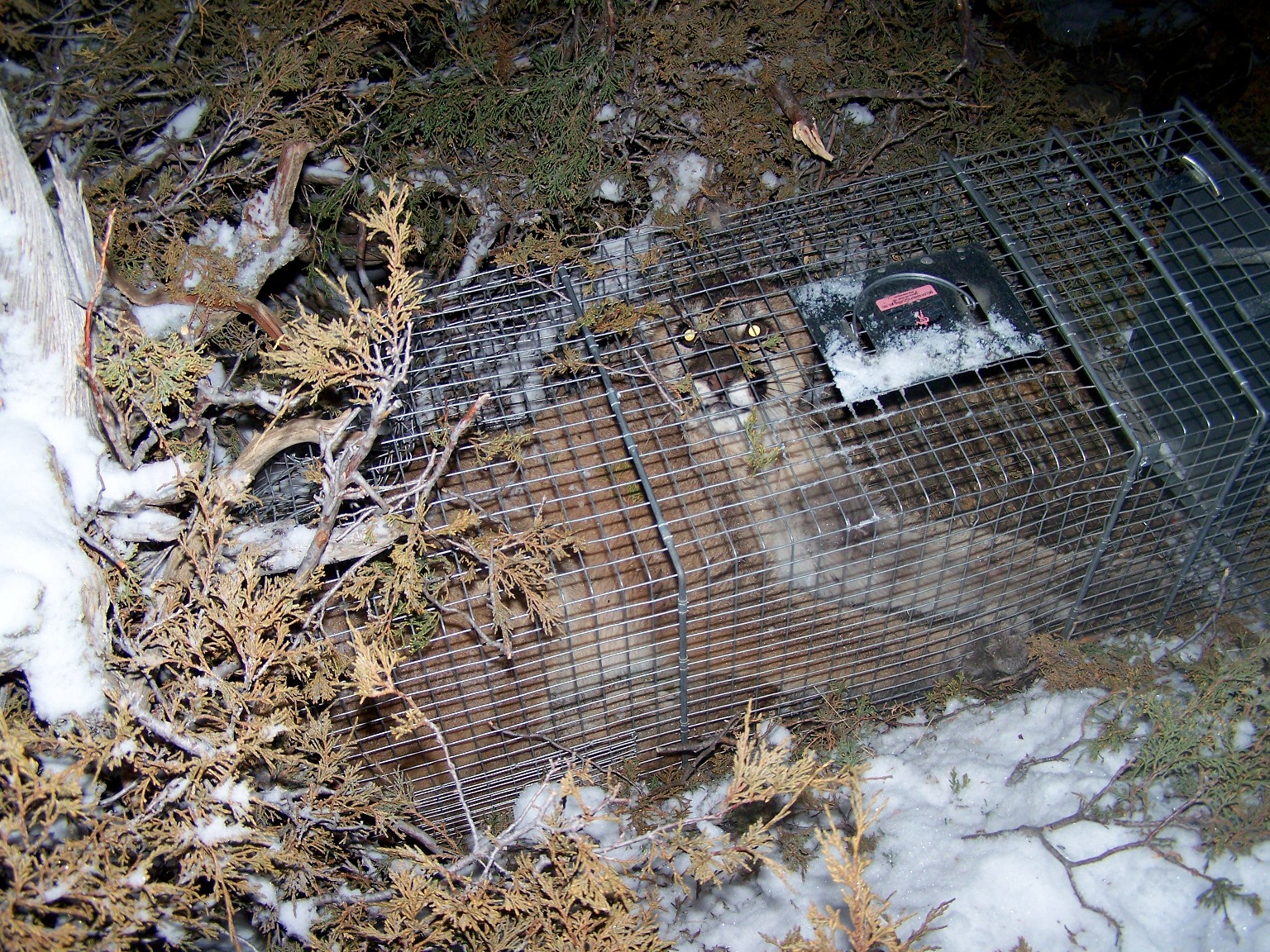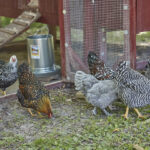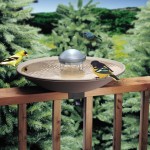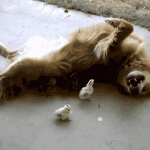So you’ve got a pest on your property. If you’ve tried repelling or scaring off the animal, or fencing off the area you don’t want disturbed and the critter is still a nuisance, you may want to consider using a live trap. Live traps are the humane (non-lethal) way to capture an animal for release away from your property.
Before you trap. Before you set your first trap, you’ll want to contact your local Humane Society or the state game official to find out the best time to trap, best method and location for release, and to make sure trapping and releasing your intended target is legal in your area. Some animals are protected and trapping them is illegal, no matter how much of a problem they seem to be.
Selecting the right trap. The trap you choose should be large enough so that the majority of the animal’s body can fit inside before reaching the trigger plate. Many live traps will indicate the size of animal they are best for, eliminating the need for guessing. You’ll also want to decide between single-door or double-door traps. Single-door traps have one spring-loaded door at the front through which animals will enter and will be released. Double-door traps allow you to bait and release an animal from the rear door, and set the trap through the spring-loaded front door. This style allows you to quickly access the bait and safely release the captured animal, which is ideal for more aggressive animals.
Prep work. Once you have your trap, you’ll want to clean and disinfect with a simple bleach solution to help eliminate human scent on the trap. Be sure to wear gloves and handle it as little as possible to keep from contaminating it with your scent. Anchor the trap so the animal can’t roll it and escape once they’re captured. Remember to clean and disinfect the trap after each use.
Time to trap. Place the trap near a food or water source, then bait the area in and around the trap without actually setting the trap a few times so the animal feels safe to approach it. Once your trap is set, you’ll want to check it multiple times a day. You want the animal in the trap for as little time as possible. As you can imagine, wild animals get anxious and aggressive when confined.
Ready for release. Always use extreme caution when releasing or moving trapped wild animals. Wear heavy leather gloves, long pants and long sleeves when handling the trap. It’s also helpful to cover the trap with an old towel or blanket before moving it, to help keep the animal calm during transport. Be very careful when releasing – you may want to affix a rope to the trap release to put some distance between you and the trap. Some animals will run out of the trap immediately, but some may turn and come after you. Wild animals are unpredictable, use with caution.

One very surprised trapper caught (and successfully released!) a 90-lb. female mountain lion in his Little Giant LT5 Live Trap
Good luck!
For a full selection of live traps, visit us at miller-mfg.com!









I have recently replaced the brass prods(one was broken off at the slotted end) on a Hot Shot power mite which was given to me by a vet clinic for whom I repair and service equipment. Since I don’t have any animals to check it’s function, is there a procedure to check if it is working properly before I return it to the client ? thanx, Verne
already printed…
Thanks for your question! I’ve forwarded this on to our Customer Service team to address – someone will be contacting you directly. Or we can be reached at [email protected]. Thanks!
I have traped many pest, raccoon, opossum, cats, some small dogs, but I have a large raccoon that I have caught twice, he has escaped twice , eating all the bait and leaving a good pile of scat, I have no idea how he does it. Im trying to figure how to put some kind of block after the door closes , any ideas?
Hi! Great question! Please contact us at [email protected] and someone from our Customer Service team will be able to help you out. Thanks!
How about some actual instructions for releasing the trapped animal beyond the generic “be careful” type advice? I purchased your ELT trap set and there are NO instructions for how to release the animal, either printed on the materials that came with it nor on your web site (which has only instructions for a different trap design). I’ve got a pissed-off raccoon here and I’m not sure how I’m going to let him out without putting my hand INSIDE the trap.
Hi Steve,
We chatted with our Quality team who recommended the following:
1. Put the cage on its side.
2. Use a stick to push in on the door brace to allow the raccoon to move out of the trap.